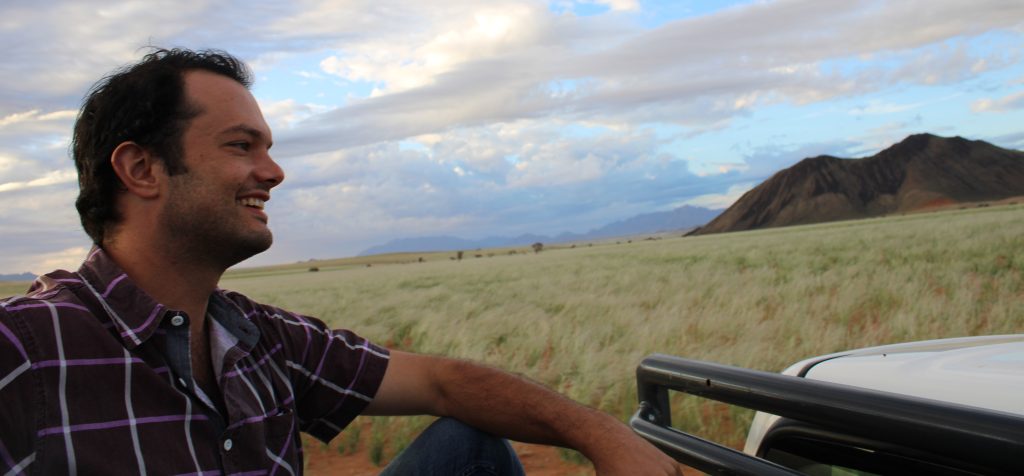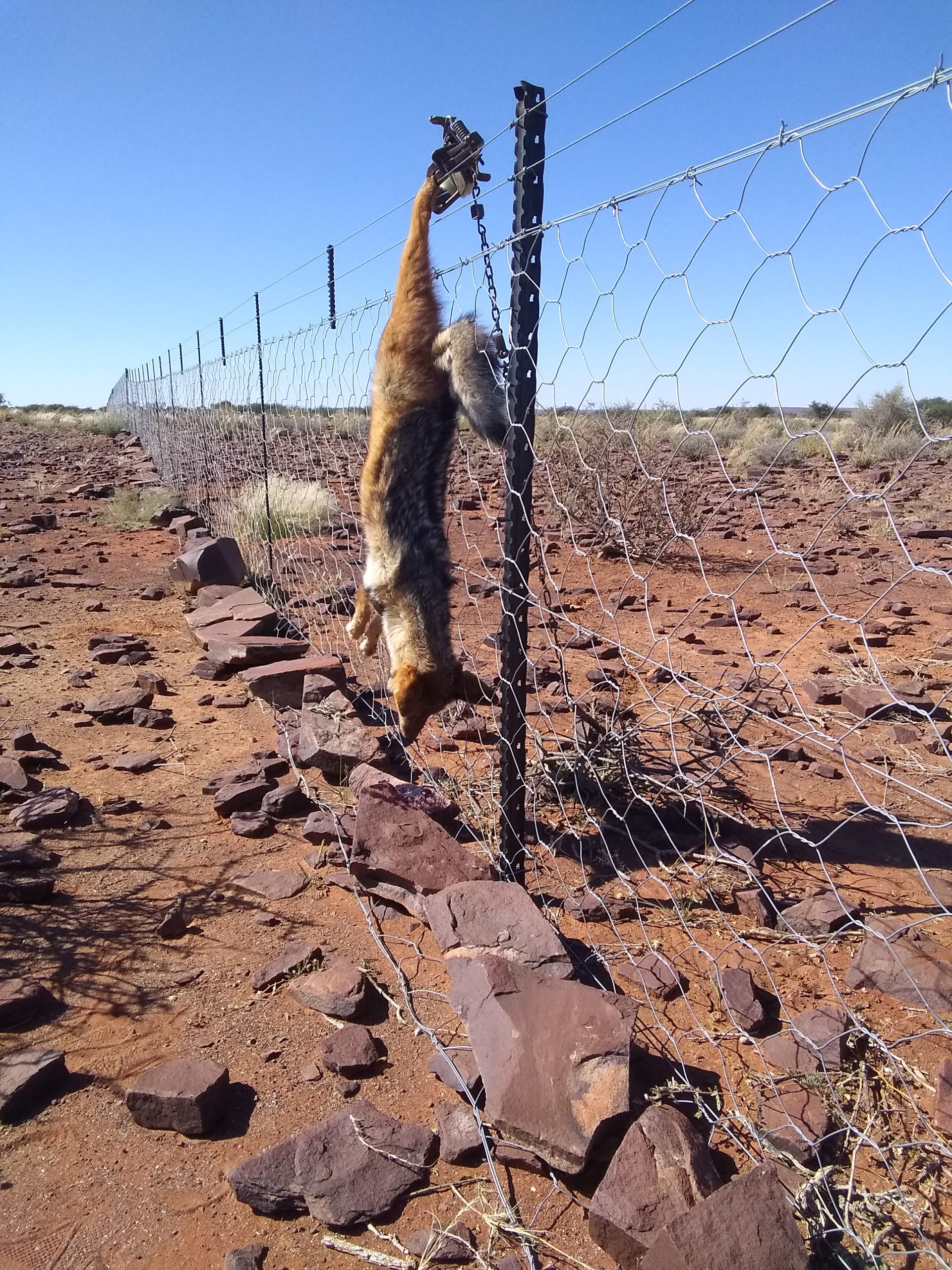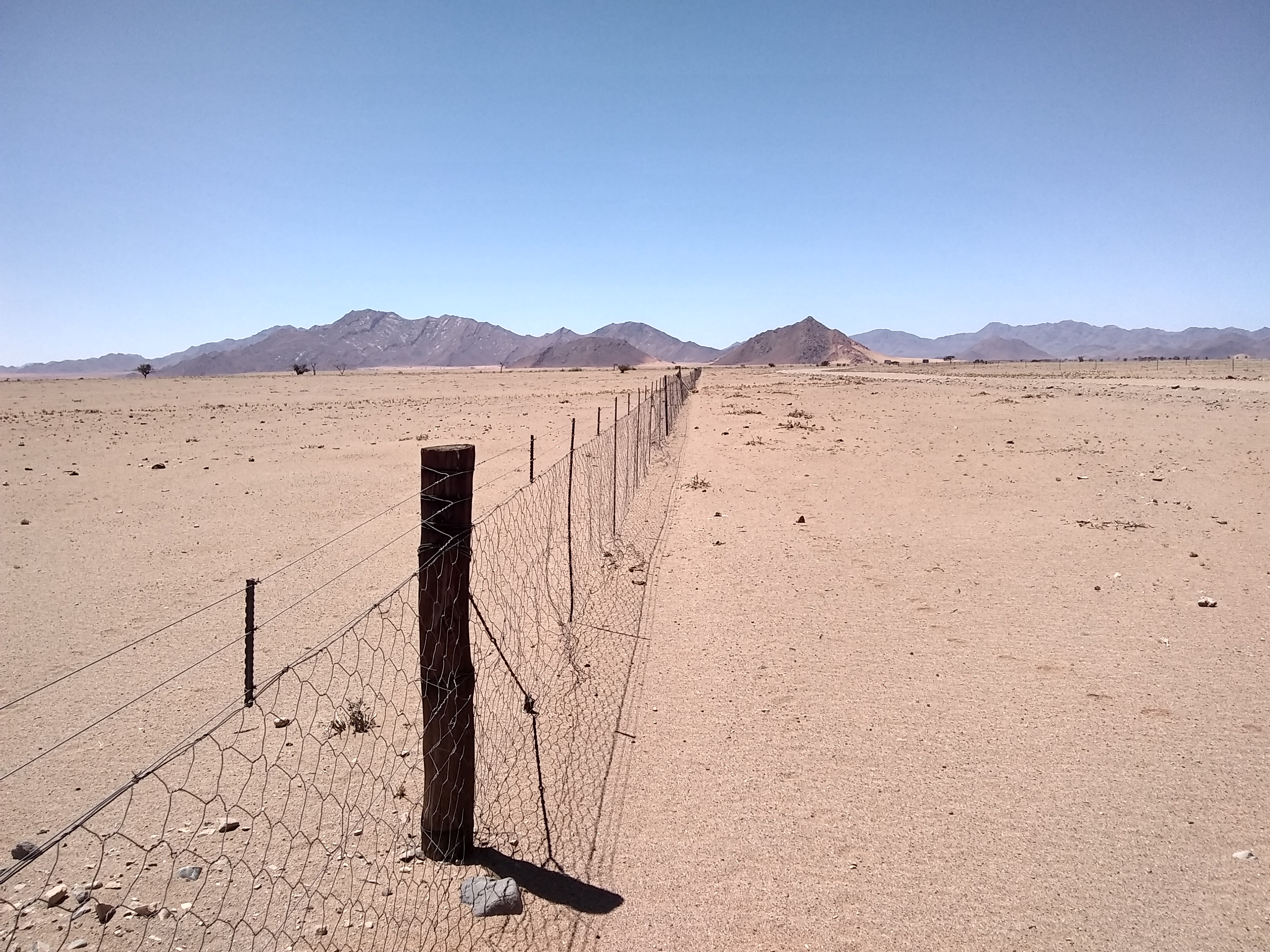
Educational Background: M.A. African American & African Studies (MSU); BA International Studies (Fordham)
Research Language: Afrikaans
Supervisor: Peter Alegi
Office Hours: on research leave
Email: mooreber@msu.edu
CV: [LINK]
Website: [LINK]
My name is Bernie Moore. My work deals with the economic and environmental history of agriculture in Namibia during the 20th Century, with a particular emphasis on the karakul sheep industry – dominant in the territory’s arid southern districts. Karakul farming is unique, because sheep are kept not for wool or mutton, but for lambskins, the raw material for the elegant Swakara coats once so popular among European furriers. To ensure the lustre and soft texture of the pelts, lambs are slaughtered within 24 hours of birth, kick-starting oestrus among ewes and increasing flock fertility, as well as potentially decreasing the grazing burden of the livestock on the sparse pasture resources. During the height of apartheid in Namibia, karakul farming dominated the white agricultural economy, much to the expense of the black workers, coerced to shepherd foreign flocks on stolen land.
My dissertation, Protecting the Flock: Capitalism & Apartheid in Southern Namibia, explores the relationship between technological adoption and labour relations by studying the history and impact of jackal-proof fencing construction on karakul sheep farms in apartheid-era Southern Namibia. Prior to the 1956 passing of legislation enabling white settlers to claim generous loans and subsidies for the establishment of this complicated and expensive fencing technology, most sheep farms faced high labour shortages and difficulties to encourage black Namibians to become shepherds (a difficult and low-paying career). Recognition that the developing mining and urban sectors in the apartheid economy would continue to lure black workers towards higher paying (yet still exploitative) jobs led the South West Africa Department of Agriculture to encourage farmers to increase technological development and mechanisation of the livestock sector. Over the course of the 1950s and 1960s, almost two thousand small-stock farms erected jackal-proof boundary fencing and engaged in collaborative hunting and poisoning to reduce the predator threat (black-backed jackals are the most feared of ‘vermin’ species).

Caught in a slagyster (gin-trap), a black-backed jackal tried to escape over the jackal proof fencing, only to meet a much slower end when the trap got tangled in bush. Photo: B.C Moore, Karasburg District, 2020
By the 1970s, Southern Namibia’s labour settings had changed dramatically. Jackals were still an occasional nuisance, but they were far from the dreaded threat they once were; furthermore, most farmers had released a large portion (as high as 70%) of their agricultural workforce, as shepherds were no longer needed to protect sheep from predators or assist the sheep to find grazing and water. They had been replaced with enough fencing and pipeline to circumnavigate the globe three times over. This ironically led many whites in Namibia to accept and encourage the development of the apartheid ‘Namaland’ homeland, a location to dispose of ‘surplus people’. This project examines these two complementary and interrelated efforts put into place by the colonial & apartheid regimes in Namibia (then termed South West Africa): to rid sheep farms of jackals, carnivores, and other declared vermin, and to rid those same farms of shepherds, reducing white agriculture’s reliance on black labour as much as possible. As the jackal-proofed farm became universal in southern Namibia, new non-carnivorous species, such as aardwolves and dassies, became included in the legal definition of vermin not on grounds of active predation, but because of interference with labour-saving agricultural technology. My work illustrates a unique point of confluence between environmental and economic history, as well as the history of animals and technology.
In addition to my work at MSU, I am employed as a part-time lecturer at the University of Namibia, where I teach research methodology and supervise B.A. Thesis projects. I am also employed as a Researcher in the Department of Anthropology at the University of the Free State, where I am working with Prof. Robert J. Gordon on a monograph on the history of the ǃGamiǂnun/Bondelswarts.
Until recently, I worked as a researcher with the European Research Council (ERC) funded project, ‘The Political Economy of African Development’, in which I contributed data and analysis on the economic history of concession corporations in southern Africa. During 2020/2021, I was in Namibia on a Fulbright-Hays DDRA fellowship.
I am the co-editor of a recent special issue of the Journal of Southern African Studies, ‘Namibian Labour History’. My article, ‘Smuggled Sheep, Smuggled Shepherds: Farm Labour Transformations in Namibia and the Question of Southern Angola, 1933-1975’ is part of the issue [LINK]. My work has also been published in the Journal of Namibian Studies [LINK], and as a series in the American Historical Association’s publication AHA Today [part 1, 2, 3, 4].
Prior to joining the PhD program in African history at MSU, I was employed as a lecturer at the University of Namibia, where I taught undergraduate classes in historiography and Atlantic slavery and assisted with curriculum development, as well as the supervision of BA Theses. Prior to that, I was based at SOAS, University of London. I hold an MA in African American & African Studies from MSU and a BA in International Studies from Fordham University.

Jackal-proof transformed landscapes and inhibited human and non-human mobility along the border with the Namib Desert, where farms were allocated to white settlers through the 1950s. Photo: B.C Moore, Lüderitz District, 2018.